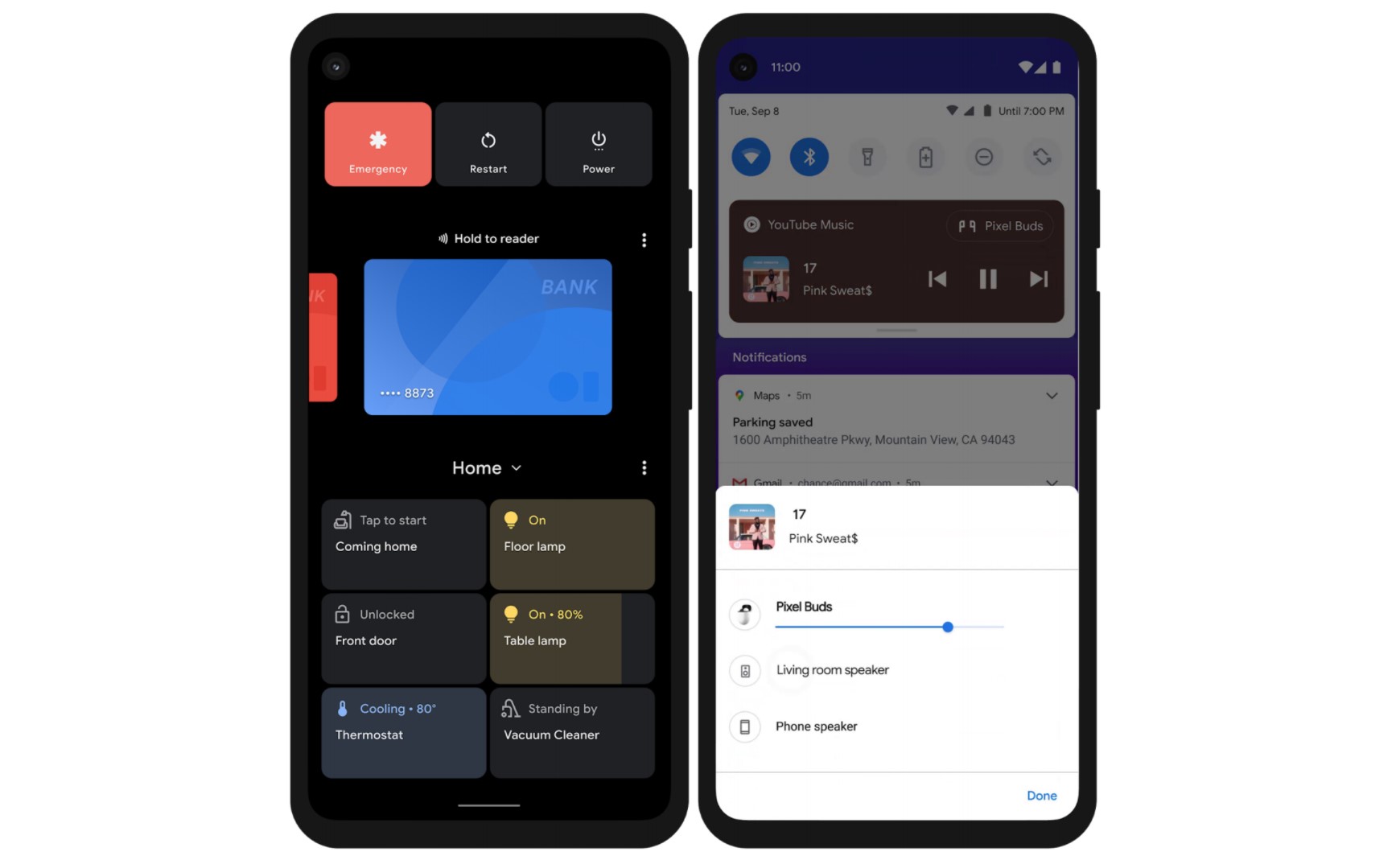When we last reported on Snyk in January, eons ago in COVID time, the company announced $150 million investment on a valuation of over $1 billion. Today, barely nine months later, it announced another $200 million and its valuation has expanded to $2.6 billion.
The company is obviously drawing some serious investor attention, and even a pandemic is not diminishing that interest. Addition led today’s round, bringing the total raised to $450 million with $350 million coming this year alone.
Snyk has a unique approach to security, building it into the development process instead of offloading it to a separate security team. If you want to build a secure product, you need to think about it as you’re developing the product, and that’s what Snyk’s product set is designed to do — check for security as you’re committing your build to your git repository.
With an open-source product at the top of funnel to drive interest in the platform, CEO Peter McKay says the pandemic has only accelerated the appeal of the company. In fact, the startup’s annual recurring revenue (ARR) is growing at a remarkable 275% year over year.
McKay says even with the pandemic his company has been accelerating, adding 100 employees in the last 12 months to take advantage of the increasing revenue. “When others were kind of scaling back we invested and it worked out well because our business never slowed down. In fact, in a lot of the industries it really picked up,” he said.
That’s because as many other founders have pointed out, COVID is speeding up the rate at which many companies are moving to the cloud, and that’s working to Snyk’s favor. “We’ve just capitalized on this accelerated shift to the cloud and modern cloud-native applications,” he said.
The company currently has 375 employees, with plans to add 100 more in the next year. As it grows, McKay says that he is looking to build a diverse and inclusive culture, something he learned about as he moved through his career at VMware and Veeam.
He says one of the keys at Snyk is putting every employee through unconscious bias training to help limit bias in the hiring process, and the executive team has taken a pledge to make the company’s hiring practices more diverse. Still, he recognizes it takes work to achieve these goals, and it’s always easy for an experienced team to go back to the network instead of digging deeper for a more diverse candidate pool.
“I think we’ve put all the pieces in place to get there, but I think like a lot of companies, there’s still a long way to go,” he said. But he recognizes the sooner you embed diversity into the company culture, the better because it’s hard to go back after the fact and do it.
Addition founder Lee Fixel says he sees a company that’s accelerating rapidly and that’s why he was willing to pour in so big an investment. “Snyk’s impressive growth is a signal that the market is ready to embrace a change from traditional security and empower developers to tackle the new security risk that comes with a software-driven digital world,” he said in a statement.
Snyk was founded in 2015. The founders brought McKay on board for some experienced leadership in 2018 to help lead the company through its rapid growth. Prior to the $350 million in new money this year, the company raised $70 million in 2019.
Powered by WPeMatico


